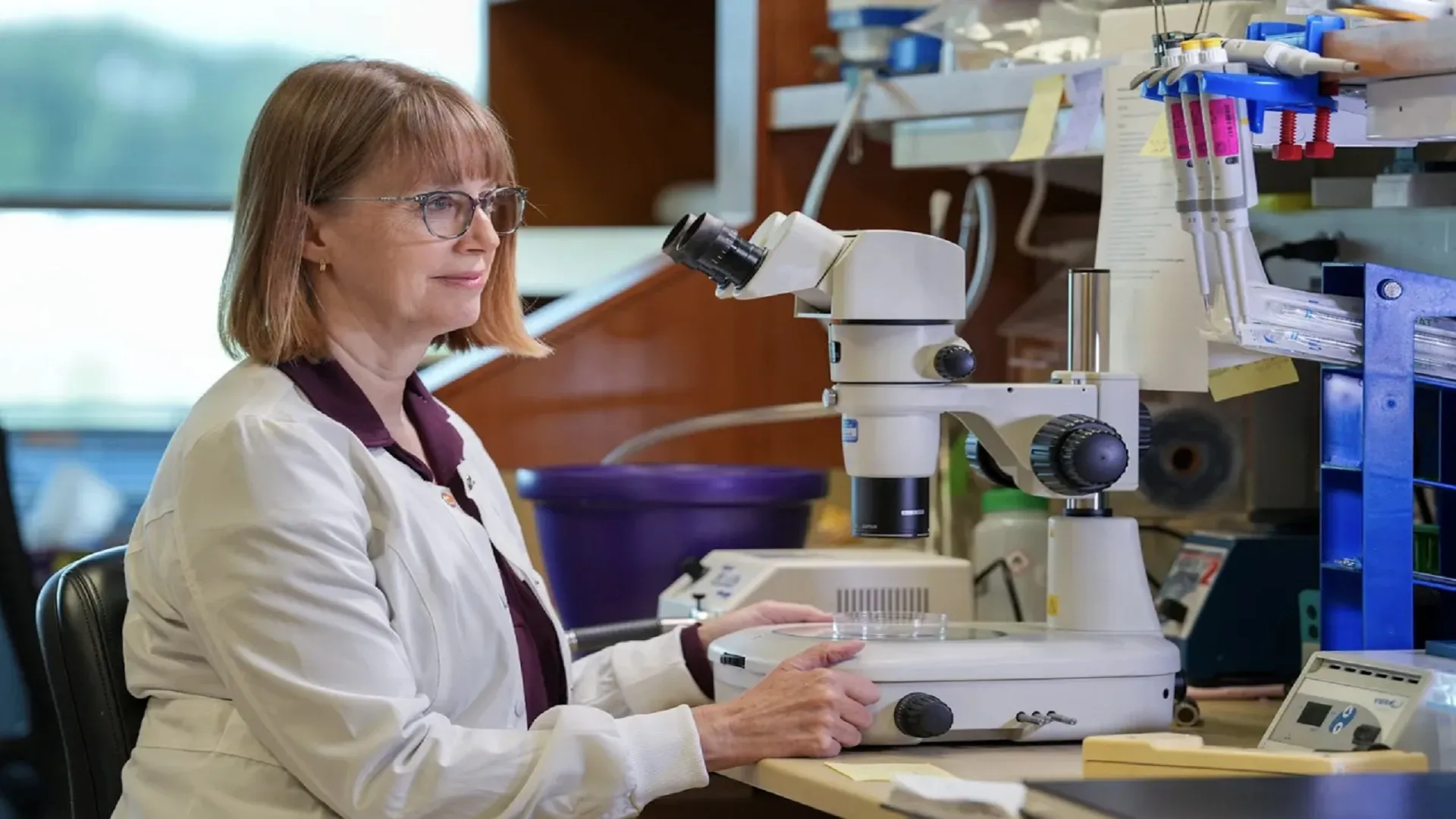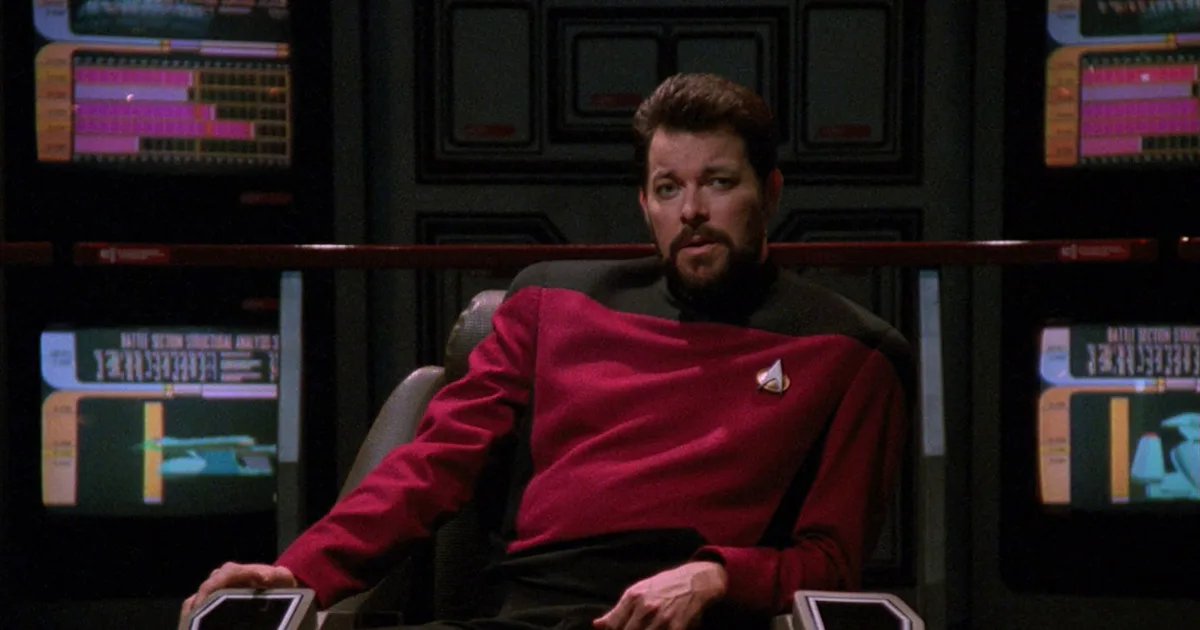
Scientists at the Stowers Institute for Medical Research have, for the first time, identified the exact location where human chromosomes break and fuse to form Robertsonian chromosomes.
The discovery helps explain a long-standing genetic mystery and highlights the surprising role of repetitive DNA in shaping genomes.
Leonardo Gomes de Lima, Ph.D., a postdoctoral associate in the Gerton Lab, led the research. The findings show how these chromosome fusions form, why they remain stable, and how repetitive DNA, once labeled “junk,” may play a key role in genome evolution.
“This is the first time anyone has shown where this exact DNA breakpoint occurs,” said Jennifer Gerton, Ph.D., Stowers Institute Investigator and Dean of the Graduate School. “It opens the door to understanding how chromosomes evolve in a way that we had no appreciation for before.”
Robertsonian chromosomes are found in about one in every 800 people. Carriers are usually healthy, but the fusion can raise the risk of infertility, miscarriages, or having a child with Down syndrome.
By pinpointing where these fusions occur, researchers say they can offer clearer guidance to carriers in the future. “One day, we may be able to give carriers better genetic counseling and better options,” Gerton said.
Revealing the hidden break
To uncover the breakpoint, the team relied on long read sequencing, a technology that makes it possible to analyze repetitive DNA stretches that older sequencing tools could not handle.
They identified a consistent break at a repetitive DNA sequence known as SST1 by comparing three Robertsonian chromosomes to normal ones.
“That’s never been shown before — in humans or in any other species,” Gerton said.
Outside experts say the study represents a major step forward. “This is a landmark study,” said Glennis Logsdon, Ph.D., a genome scientist at the University of Pennsylvania who was not involved.
“As the first group to identify the precise breakpoint at which Robertsonian chromosomes combine, Gerton and her colleagues have lit a flame that could ignite a broader understanding of how these chromosomes function.”
Why fused chromosomes last
Robertsonian chromosomes form when the long arms of two acrocentric chromosomes fuse, while their short arms disappear. That leaves 45 chromosomes instead of the usual 46.
“Robertsonian chromosomes form when two long arms fuse and the short arms are lost. That leaves 45 chromosomes instead of 46, and sometimes that doesn’t work very well — which can result in infertility,” Gerton explained.
The team found that the orientation of SST1 on chromosome 14 allows chromosomes 13 or 21 to attach, producing fused chromosomes that retain nearly all genetic material.
Stability is ensured because although these chromosomes carry two centromeres—the anchors used in cell division—only one is active, preventing errors.
The study was carried out in collaboration with the National Human Genome Research Institute and the University of Tennessee Health Science Center. As Gerton put it, “It’s clear that there’s a story there, and that’s what we plan to study next.”
The findings of the study have been published in the journal Nature.



